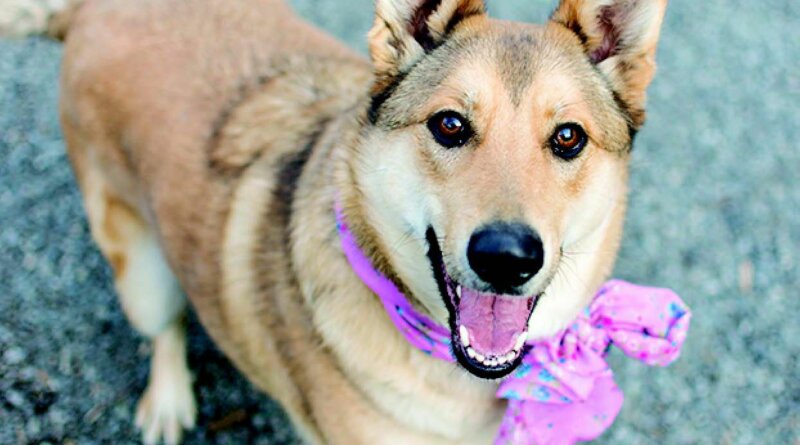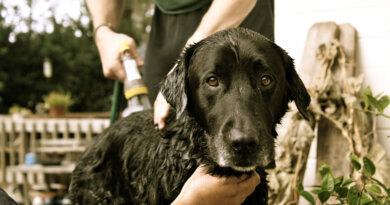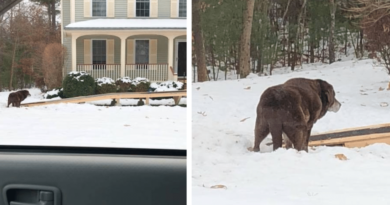A New Breed of Animal Control – Dogster
“It takes a village.” It’s a saying that’s applied to inciting social change in cities, raising a child and fighting viruses. It’s also the mindset that helped a municipal animal shelter in Charlotte, North Carolina, receive its first-ever No-Kill community designation.
“No shelter can do it without the help of the community,” says Melissa Knicely, public information specialist for Charlotte-Mecklenburg Animal Care & Control (AC&C).
To achieve the designation, AC&C had to reach a 90% save rate for animals it took in during the year, which can include anything from a dog hoarding case, a pet who’s lost from his home or a dangerous loose animal. If it sounds like a great feat — find ing a home for 90% of animals that come into the shelter — you’re right. According to Best Friends Animal Society, only 37% of all communities with sheltering services have reached a No-Kill designation.
AC&C, which is a branch of the police department, has been working toward this goal for years, says Melissa, ending 2020 with a “900 countdown” campaign that involved support from the local media, partnerships with local rescue groups and collaborating with an international social media influencer to get as many animals — as close to 900 as possible — adopted.

©Images Courtesy AC&C
These citywide efforts can be seen across the country as nearly 40 shelters have implemented community-supported programs to keep pets out of shelters and reduce euthanasia rates.
The initiative is driven by Human Animal Support Services (HASS), a coalition created last year by Texasbased nonprofit American Pets Alive! in an effort to foster the bond between animals and people and transform the way communities interact with their sheltering systems.
Here, the AC&C team, which has now set a 92% save rate goal for 2021, walks us through the programs it put into place to help reach its save rate goal and how other communities can, too
Staycation
The team started this temporary foster program two years ago to give dogs a break from the commotion at the shelter. Families care for a dog up to five days and report back on a postcard about any outings and activities the dog participated in and how she handled them.
Not only does the shelter get insight into how a dog behaves in various settings, which helps to make successful adoptions, but about 50% of the dogs ended up being adopted by the foster parents.
“It’s been really helpful with our success,” Melissa says.
Pre-Adoption
There’s a 72-hour window after an animal is found before the shelter can spay or neuter or put the animal up for adoption. This can cause a bottleneck situation in the shelter, Melissa explains, and can also increase the chance of kennel diseases spreading among the animals.
To speed up the adoption process, AC&C gave people the option of paying the adoption fee before the 72 hours is up, so the dog can get spayed or neutered and adopted the same day he becomes legal.

Microchip Checkpoints
AC&C is working with local pet stores to get microchip scanners installed, so lost animals can be scanned, as a first resort, without having to call the AC&C or a vet.
Wellness Programs
The team goes into the community and provides dogs with free vaccines, heartworm tests and preventives and a microchip.
Other discounted and free medical services the shelter plans to implement this year include an internal spay-and-neuter program, waived adoption fees for senior citizens, discount prescription cards and flea and tick medications.
Melissa says, “When an owner surrenders an animal because they can’t afford to go to the vet, we can offer alternatives.
#PawsForThisCause. What YOU Can Do
- Share adoptable dogs on social media: Clicking one button can save a life.
- Get to know your municipal shelter: City animal control can get a bad reputation. Help spread the word that just like other shelters, the goal is to reunite animals with their owners.
- Advocate in your community: Spread the word about HASS’s mission and encourage your community shelter to get involved.
For more information: Visit charlottenc.gov, and click on the Adopt a Pet link.




